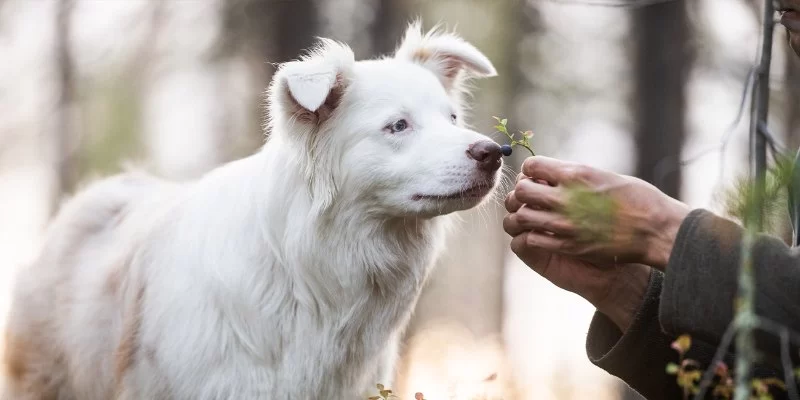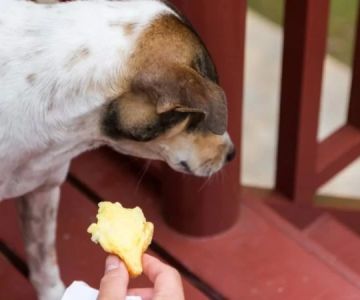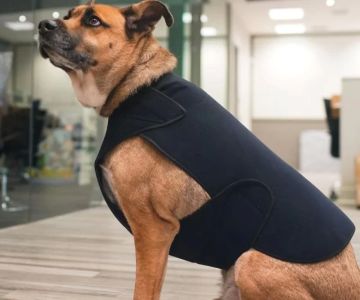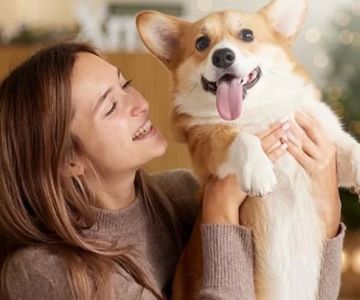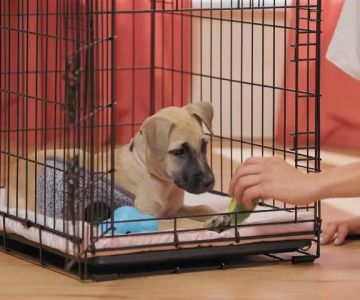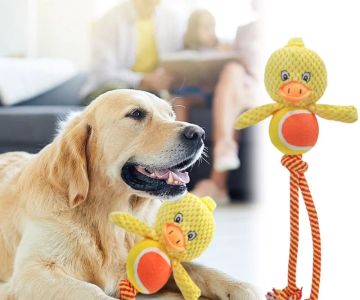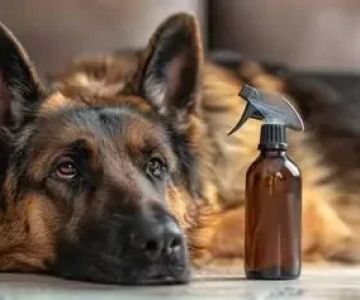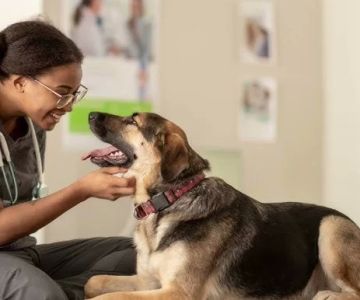Pet Anxiety Management During Social Events
Many pet owners love hosting gatherings, barbecues, holiday parties, and birthday celebrations. Yet, for pets—especially those sensitive to noise, unfamiliar people, or changes in routine—these events can be a major source of stress. Understanding pet anxiety during social events is essential for ensuring your companion feels safe, confident, and supported in unfamiliar environments. With the right planning and care, owners can help their pets navigate social events with ease and even enjoy the activity around them.
The Hidden Triggers Behind Social Event Anxiety
1. Sudden Noise and Unpredictable Sounds
Pets often rely on familiar patterns. When a normally quiet home becomes filled with laughter, loud conversations, clattering dishes, or music, it can feel overwhelming. Dogs may bark or hide, while cats may run to isolated corners. These behaviors are not signs of disobedience—they’re indicators that your pet is trying to cope with anxiety triggered by high sensory stimulation.

VCA Arboretum View Animal Hospital, 2551 Warrenville Rd, Downers Grove, IL 60515, USA
See Details2. Unfamiliar Visitors and Scents
Most pets are acutely aware of scents and energy changes in their environment. When many new people enter their personal space, pets may struggle to adjust. Some will show signs of fear, like trembling or pacing, while others may act out with territorial behaviors. Understanding this helps pet owners develop strategies that make their animals feel more secure.
3. Disruption of Routine
Humans adapt easily to schedule interruptions, but pets depend on consistency. Social events may shift feeding times, walk routines, or quiet hours, triggering emotional stress. For example, a dog accustomed to a quiet evening may become anxious during a busy family gathering. Cats may hide for hours simply because their favorite resting spots have become crowded.
Recognizing the Signs of Social Event Anxiety
1. Physical Symptoms
Common physical signs include panting, drooling, trembling, and dilated pupils. In cats, anxiety may show as excessive grooming or fur puffing. These behaviors indicate heightened stress and should be addressed early to prevent escalation.
2. Behavioral Changes
Changes such as hiding, whining, pacing, destructive chewing, or unusual vocalizations typically signal discomfort. In some cases, pets may cling to their owners or attempt escape behaviors such as scratching at doors. These changes often develop quickly during social gatherings, making it important for owners to monitor their pets closely.
3. Emotional Withdrawal
Some pets simply shut down when overwhelmed. They may retreat under furniture or remain motionless for long periods. Although this behavior may appear calm to guests, it reflects deep anxiety and should be handled with compassion and support.
How to Prepare Your Pet Before a Social Event
1. Gradual Exposure Training
Allow your pet to slowly adapt to busier environments. This can include playing recordings of chatter or music, inviting one or two friends over for short visits, or letting your pet explore new scents and sounds in a controlled way. Over time, this reduces sensitivity and builds confidence.
2. Establishing a Safe Zone
Create a quiet space away from the main event where your pet can retreat without being disturbed. This may be a spare bedroom, a cozy crate, or a secluded corner with blankets, water, and familiar toys. A safe zone can drastically reduce stress levels, especially for pets prone to sensory overload.
3. Maintaining Routines as Much as Possible
Offer meals at regular times and maintain normal walk or play schedules. Even small consistencies signal stability to your pet. A predictable routine builds emotional resilience and reduces anxiety, even in unfamiliar circumstances.
Real-Life Stories of Managing Pet Anxiety
1. A Dog Named Bailey
Bailey, a gentle Labrador living in Michigan, struggled with large social gatherings. His owners first noticed symptoms during a holiday party—panting, pacing, and trembling. After consulting professionals, they created a designated “comfort room” filled with Bailey’s bedding and calming scents. Over several gatherings, Bailey learned to retreat to his safe space and eventually became comfortable enough to greet guests calmly. This transformation highlighted how effective preparation can positively impact pet anxiety.
2. Luna the Cat
Luna, a domestic shorthair, was easily stressed by new people and unfamiliar noises. Her owners found that a combination of routine safety measures and gentle desensitization helped dramatically. They played low-volume party sounds weeks before events and rewarded Luna when she remained calm. By the next family gathering, Luna felt secure enough to stay relaxed in her designated quiet room, proving that small steps make a big difference.
Helpful Techniques During the Event
1. Managing Guest Interactions
Let your guests know your pet’s boundaries. Politely ask them to avoid sudden movements or attempts to pet the animal unless the pet approaches first. This protects your pet’s emotional comfort and prevents unnecessary stress during social events.
2. Using Calming Tools
Items like anxiety wraps, soft blankets, gentle pet-safe fragrances, or white noise machines can help reduce anxiety levels. These tools work best when introduced before the event, helping pets associate them with comfort rather than new stressors.
3. Monitoring Body Language
Keep a close eye on your pet throughout the event. Early detection of stress allows you to intervene quickly, reassuring your pet through soft talk, gentle touch, or moving them to their safe zone. Understanding your pet’s cues builds trust and strengthens the bond between you.
When to Seek Professional Guidance
If your pet shows extreme anxiety, it may be time to consult a veterinary professional. Behavioral counseling, training programs, and tailored anxiety management plans can make a significant difference. For expert evaluation and personalized recommendations, you can explore support from Hidden Brook Veterinary, where experienced professionals guide pet owners through the complexities of behavior and emotional wellness.
Providing Emotional Stability for Your Pet
Ultimately, managing pet anxiety during social events is a compassionate act that strengthens the bond between pets and their owners. With patience, preparation, and a deeper understanding of your pet’s needs, social gatherings can become less stressful and more enjoyable for everyone involved. Pets thrive when they feel supported, and with the right strategies, they can remain calm, confident, and secure even in busy environments.

